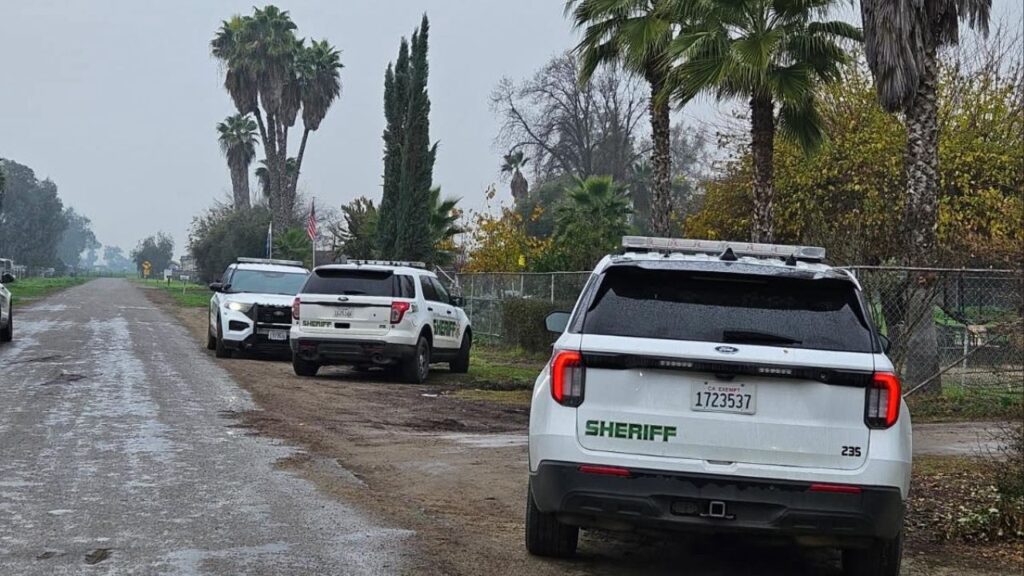Share
Welcome to the Bay Area, Merced!
Welcome as well to Modesto, Sacramento, and Yuba City. Looking south, you’re invited, too, Santa Cruz, Monterey, and Salinas. And while you’re almost in another state, don’t worry, Tahoe City! Bay waters are warm.
This expanded notion of the Bay Area’s reach isn’t a joke. It reflects the biggest thinking about California’s future. If you’re in a smaller Northern California region that can’t compete with the Bay Area, why not join forces with the Bay Area instead?

Opinion
Joe Mathews
Since such problems cross regional boundaries, shouldn’t the regions address them together as one giant region?
The Concept of a Megaregion
The Northern California Megaregion—a concept developed by a think tank, the Bay Area Council Economic Institute—includes 12 million people and 21 counties, extending from the Wine Country to the lettuce fields of the Salinas Valley, and from the Pacific to the Nevada border.
Figuring out how to rebalance the Megaregion and solve such problems is a high-stakes challenge, and not just for Northern Californians. The entire state relies heavily on the growth and tax revenues generated by the Bay Area, which represents one-third of California’s economy. And the Megaregion concept offers a vision for how the Golden State might spread out its prosperity, creating a better-distributed version of the California dream.
Enabling All of the Megaregion’s Pieces
This is not merely allowing the Bay Area to colonize its neighbors, but a mega-rethinking so that planning and development are widened to enable the Megaregion’s pieces — Bay Area technology, Sacramento government, San Joaquin Valley logistics and Monterey area farming — to magnify each other.
To pick one example: If new state research-and-development tax credits were to target inland companies, an infusion of technology could allow the Northern San Joaquin to make its logistics industry more efficient and less polluting as it moves green vegetables from Salinas to expanded ports in Stockton, West Sacramento, or Oakland.
A Bay Area Council Economic Institute report and its co-author, Jeff Bellisario, a man whose colleagues call him “Mr. Megaregion,” suggest the Megaregional planning could create more high-tech jobs and companies outside of the Bay Area, by better connecting universities, laboratories, and research institutions with local entrepreneurs.
Such planning should be performed by new economic development entities that extend across the Megaregion; companies that now leave the Bay Area for Austin might be redirected to Sacramento or Santa Cruz. Such an effort would be strengthened if Bay Area entities jointly lobbied Sacramento to boost lower education levels in the Northern San Joaquin.
The Integration of Transportation
Of course, making such a shift would require a well-integrated set of transportation connections across the Megaregion. This would include more Amtrak service between San Jose and Placer County, extending rail service to Salinas, and planned expansions of the ACE (Altamont Corridor Express) train down to Modesto and Merced and up to Sacramento. (A political note—the controversial gas tax increase produces $900 million for these ACE expansions.) High-speed rail would become more viable because its Bakersfield-to-San-Jose segment would connect with this Megaregional transit system.
It’s easy to mock such mega-visions. For years real estate interests have done silly things, like touting a major San Joaquin County housing development as “Far East Bay.” (One local joke: Is that nearer Singapore or Hong Kong?)
But if the Megaregion could harness its power, much of this seems possible. It could even inspire imitators. Could L.A., San Diego, and Las Vegas further integrate into their own Megaregional triangle? Might Tijuana and Mexicali join in?
Meanwhile, the Northern California Megaregion could expand down the San Joaquin Valley to California’s fifth-largest city.
Welcome to the Bay Area, Fresno.
About the Author
Joe Mathews writes the Connecting California column for Zócalo Public Square.
Categories

Selma High School Student Wins Congressional App Challenge


















